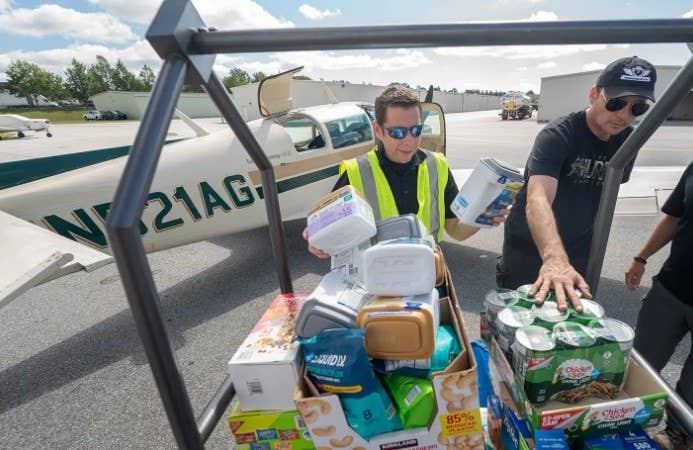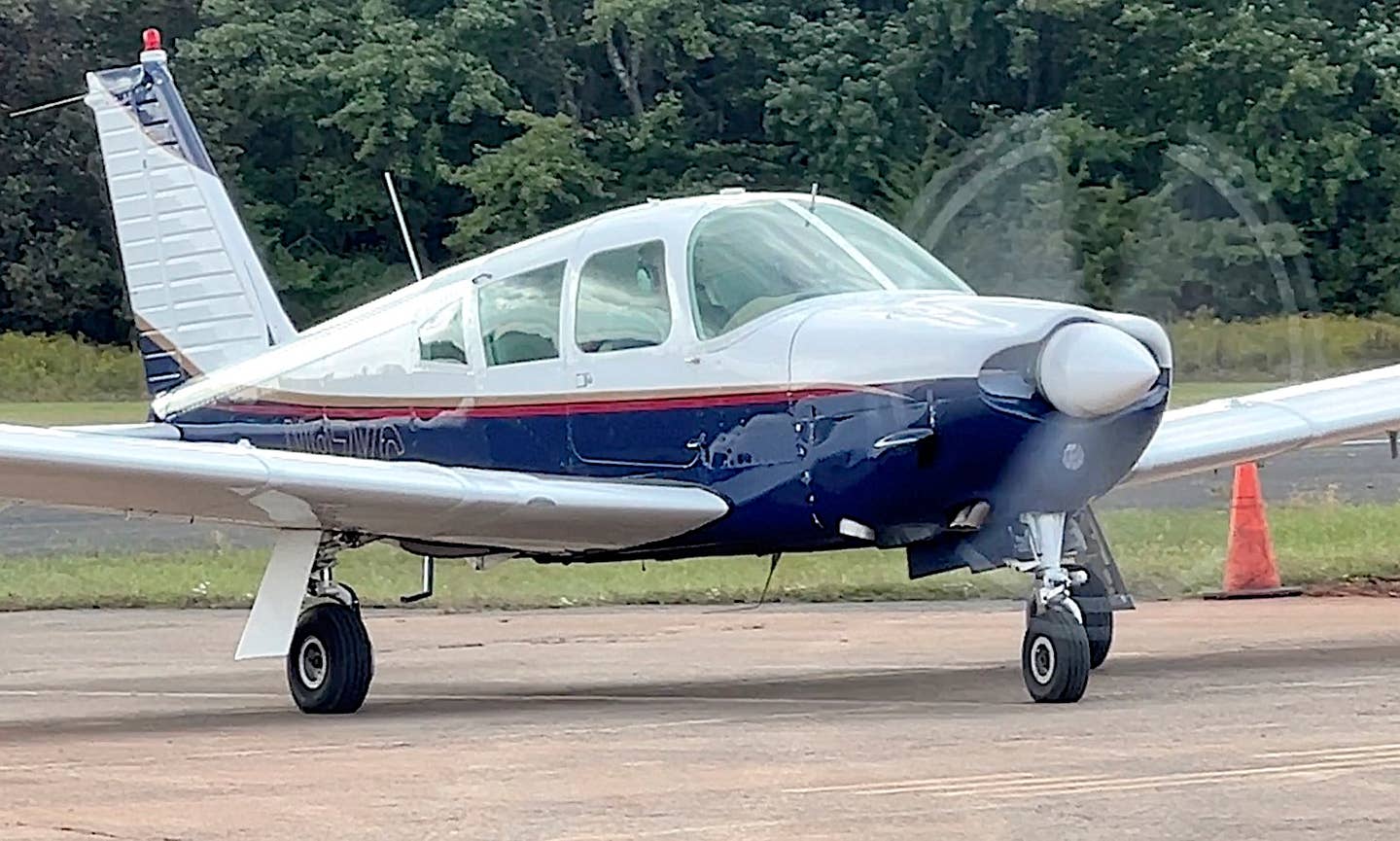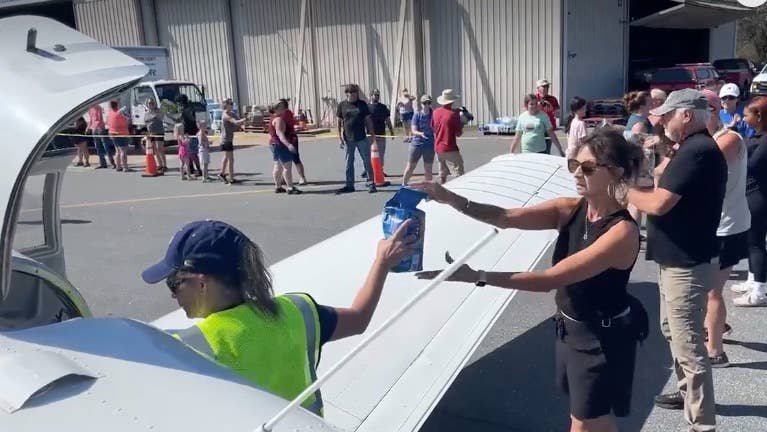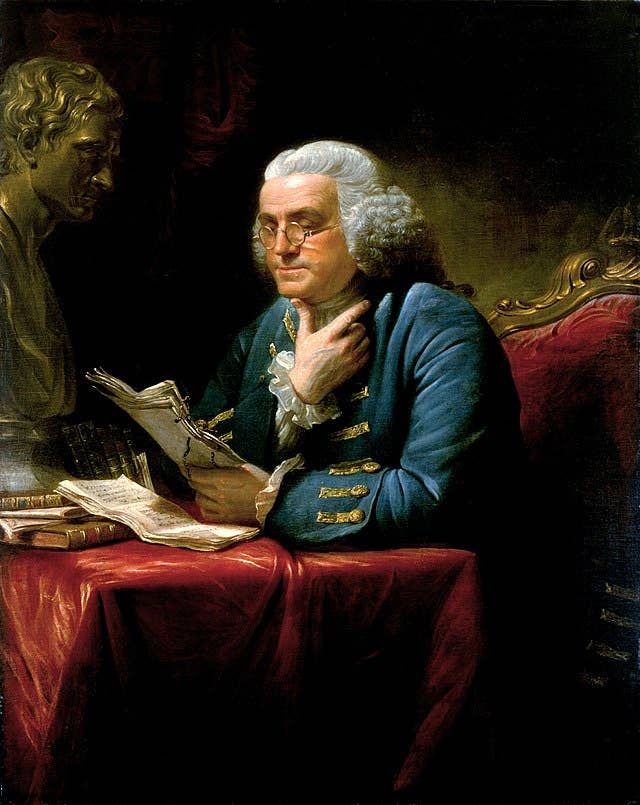The Innovator’s Dilemma Comes For The Air Force
Expert says Air Force should concentrate on uncrewed aircraft.
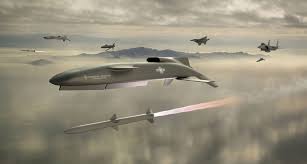
The following was written by Neeraj Chandra, an IT expert who "has an interest in building artificial intelligence and software systems that benefit society."
By Neeraj Chandra
It is clear that we are in the middle of a paradigm shift in warfare. Expensive and robust systems like the Abrams tank are being sidelined in Ukraine due to the proliferation of cheap and attritable drones. The Houthis are sending inexpensive drones into the Red Sea that require million-dollar missiles to shoot down—an economic imbalance that is not sustainable.
In this new era of unmanned systems, does it still make sense to design future military systems with a human inside? It is amidst this landscape that the Air Force is right to question the utility of a next-generation manned fighter plane. Air Force leadership recently announced a pause on the initiative, with some generals rethinking the effort despite others still publicly backing the current approach. I believe that the current approach—to design a fighter plane with a human inside—is a big mistake. The Air Force should design its future fighters to be uncrewed.
The Air Force has started testing the concept of an AI fighter plane (in simulations and limited field testing), and it’s already come to some remarkable conclusions: The AI does not fly the plane like a human. Case in point: The AI can fly the plane under a constant force of 2-3 G’s, where 1 G is equivalent to the gravitational force a person feels on the earth’s surface. Our pilots are trained to handle many G’s and can even fly under 6 or 7 G’s for a brief time, but no human would conceivably fly a plane experiencing 2-3 G’s for more than a few minutes.
An AI plane can fly under such conditions with no limit, and as a result it can perform maneuvers that humans physically cannot perform. In simulations, an AI plane beats a human pilot every time.
Additionally, as well-trained and heroic as our fighter pilots are, they put themselves in harm’s way every time they fly a mission. There is no avoiding the risk to their lives. Why should we place them in such risky situations if we can achieve the same objectives without that risk?
Finally, so much of the plane is dedicated to space for the pilot and equipment to protect the pilot’s life. That all adds complexity and cost and occupies valuable space and weight that could be reassigned for other purposes, like extra fuel or sensors. Uncrewed planes have so many more possibility configurations and modalities because they do not have to worry about protecting a human.
Even the Secretary of the Navy, way back in 2015, announced that the F-35, the current advanced fighter plane, would be the last manned fighter aircraft he would ever buy.
Accordingly, the Air Force would do well to heed those words now. The air fighters of the future should be uncrewed. The technology for uncrewed aerial vehicles has existed for years, whether it’s remotely piloted by a human or controlled by an autonomous system, and recent advancements on many technological fronts like AI and semiconductors make this even more possible.
This transformation will be tough. One challenge is that the entire Air Force, from its culture to its promotion criteria, is built around human pilots. It’s difficult for anyone to imagine an Air Force that does not have fighter pilots in the cockpit. What does that mean to the identity of its current pilots? Another challenge will be changing doctrine and tactics, which assume aircraft have a human inside of them. An uncrewed platform doesn’t have to make a return voyage home.
To be fair, this is a problem that businesses face all the time too. The “innovator’s dilemma,” coined by the late Harvard Business School professor Clay Christenson, explains this exact phenomenon: The people, culture and processes of an organization make it hard to enact transformational change.
As a result, companies often get disrupted. For example, Kodak invented the digital camera, but its scientists couldn’t conceive of a world in which Kodak film—the best in the world—was not widely used, so the company cut its digital efforts. Not long after, digital cameras swept the world, and Kodak was swept away to irrelevance. Similarly, Blockbuster had an opportunity in 2000 to acquire Netflix in its infancy and integrate its online video rental business. It declined because Blockbuster leadership could not entertain the idea that physical stores were not essential for video rental. Netflix has since changed the way we watch movies and grown to over $250B in market cap while Blockbuster would declare bankruptcy just ten years later.
And it's not a problem limited to businesses—other militaries face this problem too. The war in Ukraine exposed the Russian army to be static and less well-equipped than initially thought. In other words, they had failed to innovate, so the Russian military was disrupted by the Wagner Group, a private paramilitary force. The paramilitary force offered the Kremlin a way to create competition with its own military to spark innovation. When the Russian military wasn’t willing to adapt fast enough, they got pushed aside in favor of the Wagner Group (until the Kremlin had enough and executed a hostile takeover of the Wagner Group).
Promisingly, the Air Force already has efforts underway to build uncrewed fighters and aircraft, spanning the developmental spectrum from ideation to operational testing. Projects like collaborative combat aircraft—uncrewed drones that fly alongside crewed aircraft in support of their mission—can inform what a future fighter looks like.
If a business fails to innovate, it loses market share until it goes out of business. If the Air Force fails to innovate, there are far worse consequences for America. Modern warfare is living through one of these disruptive moments right now, so the military-industrial establishment cannot allow old ways of thinking to dominate future plans. The Air Force must not fall into the trap of the innovator’s dilemma.

